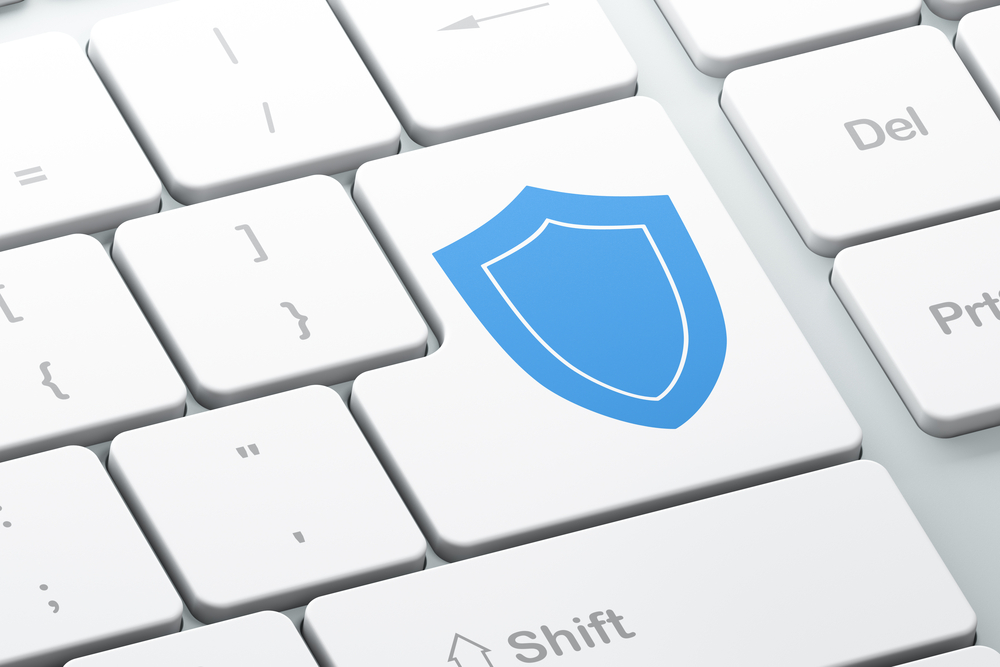When you think of cybersecurity attacks, it’s easy to envision them as part of an issue that only pertains to large companies and government entities.
After all, widescale data breaches that cripple communities and put the information of thousands of people at risk are generally what make it into the news cycle. In reality, however, any person who uses technology—including data-rich environments like social media—is susceptible to the damage that can be done by threat actors in cyber space.
That’s not necessarily a reason to not use online platforms and social networking sites, but it serves as motivation to be cautious of your online behavior and take measures to protect your data.
What are Common Social Media Threats?
Cyberterrorists often tailor their attacks based on the platform they’re targeting. The threats on social networking sites are diverse and ever-evolving, which makes addressing and mitigating them potentially frustrating and time-consuming. Here are a few of the most common social media threats to watch out for:
Impersonation
When it comes to cyber threats on social media, you often will find they involve some type of impersonation because it lends credibility to the scam. Some actors set up fake accounts that steal the name of authentic users. No doubt, you’ve received a shady friend request on Facebook from an account set up under the name of a real person you know. Threat actors also impersonate brand influencers and executive representatives.
Financial Scams
Often coupled with impersonation, threat actors will infiltrate social media—particularly platforms such as Instagram, Facebook and Twitter—to run financial scams, including: money-flipping, tech support, fake employment opportunities, card cracking and deposit fraud.
Phishing and Malware
Finally, cyber threats on social media also encompass malware and distributing phishing-related links and pages. When you click on malicious content, you’re often redirected to a spoof website that will ask you to input personal data.
How to Protect Yourself on Social Media
Ultimately, there is little you can do as an individual to prevent or mitigate widespread cyber threats on social networking platforms. That is the job of the security team for each organization or provider. However, there are simple measures you can take to help keep your information safe.
1. Changing Your Passwords
It’s an old trick, but still effective. Every so often, you should update the passwords for the websites you visit frequently. You should try to diversify your passwords and include numbers, upper- and lower-case letters, and special characters. Some websites also offer two-factor authentication to make it more difficult for others to access your accounts.
2. Think Twice Before You Post
Social media platforms are targeted by threat actors because they are brimming with personal information. Carefully consider what you’re posting and the data it reveals. Even by answering a quiz or joining a challenge that seems fairly innocuous, you could accidentally be sharing parts of your password or the answers to your security questions. Also, you can never truly erase something once it’s posted online. Skilled hackers know how to track it down.
3. Keep Software Up to Date
As an individual, make sure you’re updating software on your laptop, desktop or mobile device as necessary. Also, periodically check your privacy settings on each individual social networking site to see if there are changes and to keep everything up to date.
4. Careful What You Click
Finally, be cautious of links and content shared online, especially from people you don’t know well. If an article or webpage looks interesting, you can go search for the content on your own outside of the social media site. To help stop the spread of misinformation and malicious content, don’t share links unless you know where they lead.
Choosing a Safer Social Media Network
Social media is a powerful tool with numerous professional and personal benefits. Rather than avoiding social networks, you should focus on selecting the right ones for connecting to friends, family and your communities.
Go2s is dedicated to the safety of its users and provides a secure virtual environment for interacting with your connections. Using Go2s’ safety settings, you can control your exposure and limit it to specifc individuals; the members of your Go2s trusted network; or groups of trusted people through “tagging” them.
Communications you send on Go2S are securely encrypted using the HTTPS Internet protocol and personal information is not shared with third-party advertisers.
Since Go2s relationships aren’t automatically reciprocal, you also have increased ability to foster a network where you feel safe and secure interacting with and engaging other members.

